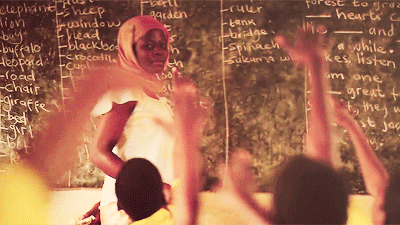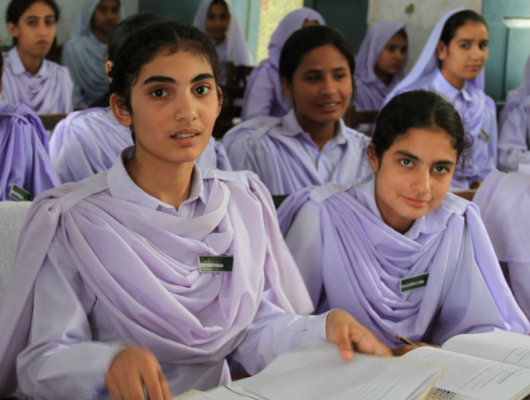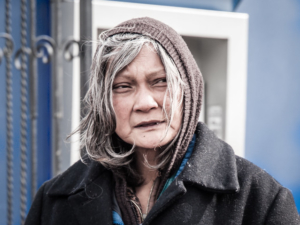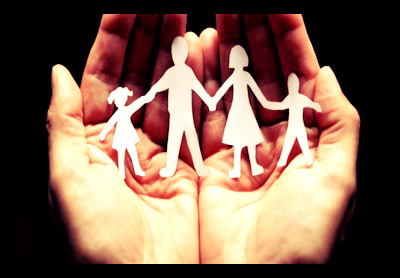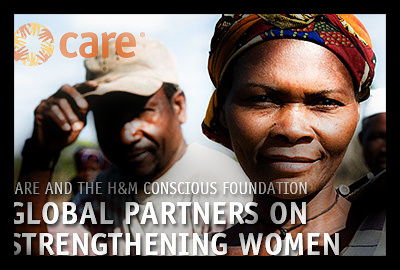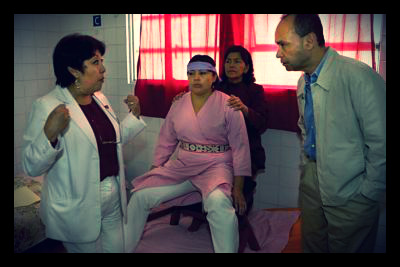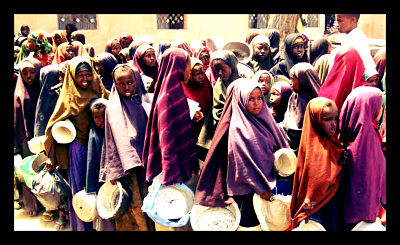
On April 16, 2016, a 7.8 magnitude earthquake in Ecuador left many citizens displaced and without access to clean water.
According to The New York Times, at least 410 people died and over 2,000 were injured. As more long-term solutions are being sought and developed, temporary relief efforts are being made by international organizations and local communities alike.
The United Nations refugee agency sent supplies to help those displaced by the earthquake in Ecuador. The first supply plane was loaded in Copenhagen, with 900 tents, 15,000 sleeping mats, kitchen utensils and, with the threat of the Zika virus still looming, 18,000 repellent-soaked mosquito nets.
“The aim is to provide essential shelter and other aid material over the next days for some 40,000 people…in earthquake-affected communities,” the organization said in a statement, just after the natural disaster took place.
Soon after the disaster, UNICEF delivered 20,000 water purification tablets to the survivors of the earthquake. Water contamination after an earthquake greatly increases the rate at which diseases and illnesses spread.
Of note, stagnant water increases the number of breeding sites for mosquitoes. This means that the Zika virus and dengue fever, another mosquito-borne virus, pose immediate threats to Ecuador.
Portoviejo, the provincial capital of Manabi Province, was one of the cities that was affected the most by the earthquake. The city, with a population of 300,000, has a death toll of approximately 100 and 370 buildings were destroyed. With no homes to go back to, many are sleeping on the streets.
“Clean water is one of the biggest needs. People have made signs everywhere asking for water,” said Lucy Harman, CARE Emergency Team Leader. CARE is a humanitarian organization that provides disaster relief and fights poverty across the globe.
“Everything is destroyed, so everyone is sleeping outside in makeshift shelters and the smell of death permeates the air,” Harman reported from Jama, another one of the areas hardest hit by the earthquake. According to a report by Reuters, CARE is also distributing temporary water tanks as well as purification tablets.
– Michelle Simon
Photo: Flickr
